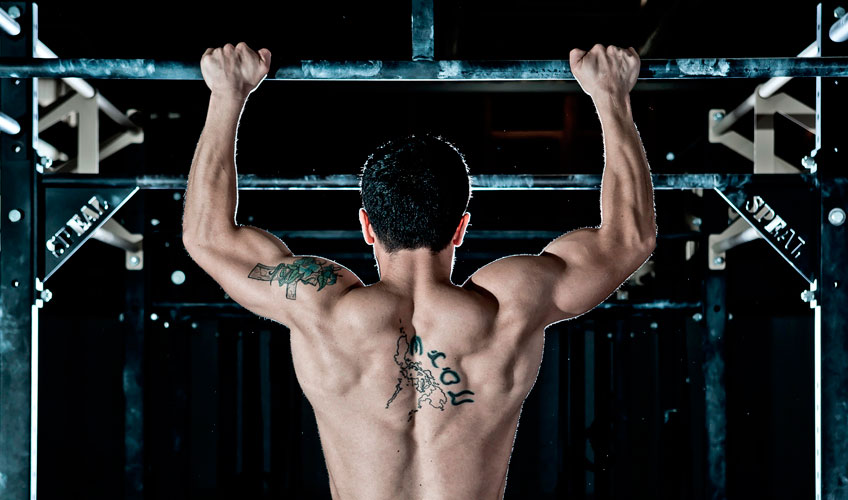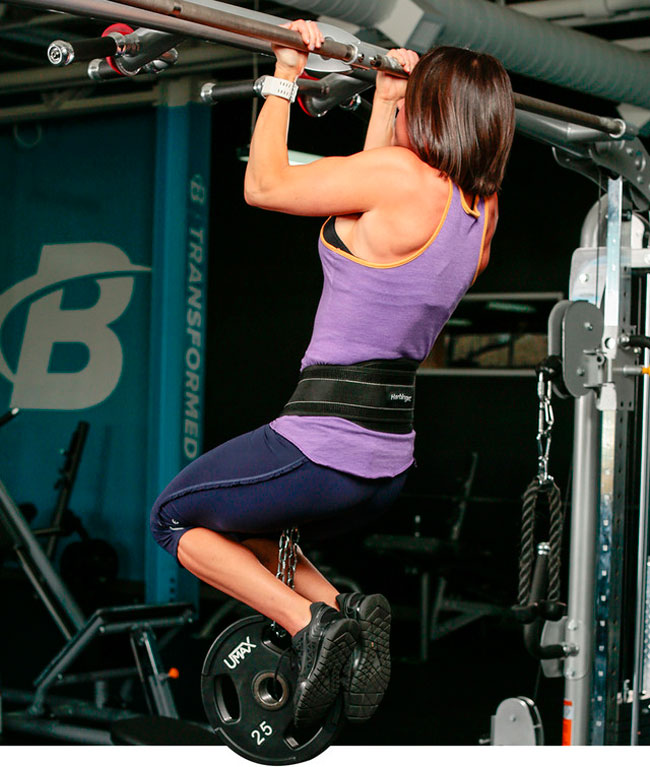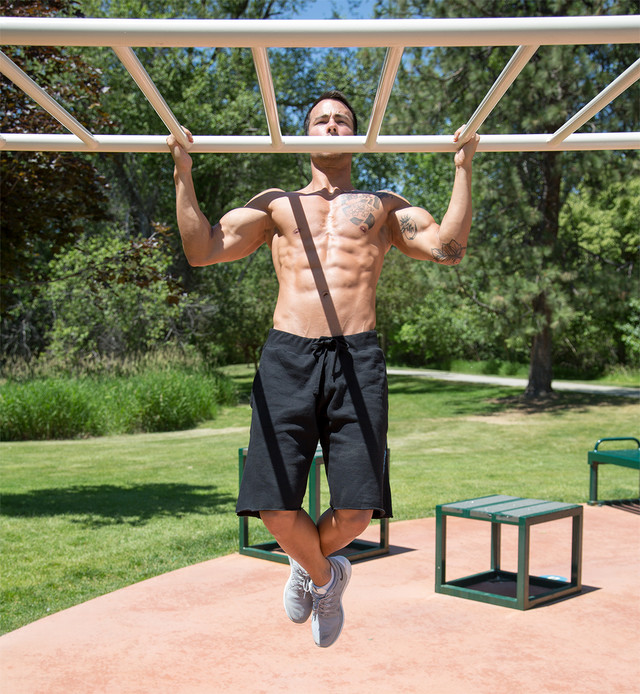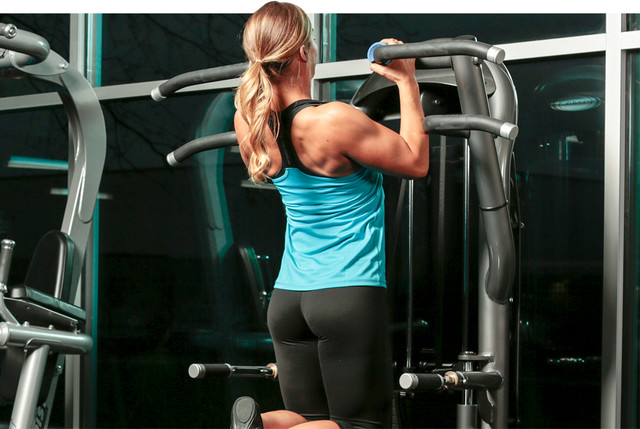How to pull up on the horizontal bar

Most athletes who like to exercise on such a sports equipment as a horizontal bar are interested in the question of how not to get injured when doing pull-ups. To gain a sense of confidence exercising on a horizontal bar, you need to familiarize yourself with some information on how to correctly and competently perform pull-ups, without any pain.
Exercising on the horizontal bar: general rules and recommendations
The warning regarding pull-ups behind the head is absolutely justified. This performance puts a huge load on the shoulder girdle. In this case, the humerus is in the position of the outer maximum rotation. From the point of view of the anatomical structure of the body, such a pull-up is a “bomb” that sooner or later will “explode”, making itself felt with sad consequences.
The movements performed when pulling up behind the head are not natural. This is easily explained by the fact that in everyday life there is no need to pull any heavy objects by the head. This applies not only to humans, but also to animals. Even monkeys do not make such movements. This explanation may seem a little exaggerated, but it makes sense.
Of course, speaking of pull-ups with a reverse grip to work out the biceps, that is, supination, we can also say that the movements performed during this are not natural. However, for this particular case, this does not become an excuse to completely abandon this exercise. If done correctly, it will not be traumatic.
What is the best grip for pull-ups?
To understand which grip is the most rational to perform pull-ups, you can conduct a small test. It consists in raising your hands above your head, and then paying attention to whether the palms are facing forward or towards each other. With this, the hands will definitely not be turned back, since it will be very difficult to do this even on purpose.
You should not limit yourself to this example. The athlete should remember how many times he has done a reverse grip military bench press. Athletes performing the Arnold press hold the dumbbell at the bottom with the lower grip, and at the top (extreme) with the upper grip, that is, on top. Most likely, a supinated grip was also used in the bench press. Looking in your workout diary, you can find many different overhead presses and arm presses. Apart from neutral and pronated, you may find that no other variation has been used.

This further confirms the fact that pull-ups do not have a so-called antagonist exercise. The bent-over barbell row with the lower grip is complemented by the bench press with the lower grip, and the lower-grip biceps curl is the extension of the arms, performed in a crossover, with a similar grip. However, unlike these exercises, the pull-up does not have such an “antagonist”. If it is performed in one variation, then there is an imbalance in the development of muscles.
Pull-ups, of course, are an integral part of the training process, but they require a careful approach. Pulling up with heavy weights can damage your biceps and cause other injuries. Therefore, you should not exert excessive effort and try to take maximum weights.
Are pull-ups necessary at all?
Many athletes who are faced with certain difficulties or painful sensations when performing pull-ups, think about the advisability of including them in your training.

However, comparing the disadvantages and advantages of this exercise, the advantages undoubtedly prevail over the disadvantages. Pull-ups have been shown to be highly effective in building muscle mass. From this point of view, it is quite difficult to find a replacement for them. They are aimed at working out the back and widest deltas, biceps, cortex.
It is not advisable to exclude pull-ups from training. However, this exercise should be performed according to a well-planned plan so that after exercise you do not feel pain in the joints.
An example of a six-month pull-up program
First month . To chest level with pronated grip.
Second month . To chest level with a neutral grip.
Third month . To the chin with a supinated grip.
Fourth month . To chest with pronated grip.
Fifth month . To the chest with a neutral grip.
Sixth month . Rest from pull-ups.
Training structure
You can organize your training in different ways, the choice of which depends on what ultimate goal the athlete pursues. When an athlete sets himself the task of building muscle mass and strength indicators, then it is necessary to perform from 5 or more approaches, but with a low number of repetitions, that is, up to 6, but using weights. Those wishing to do up to twenty clean reps one after the other should stop at the higher ranges.
The sixth month, completely free from pull-ups, becomes a break, after which the cycle is repeated for five months, and then rest, completing the training year. This allows supination to be performed, but not more than 60 days in one year. The rest of the pull-ups are performed with neutral and pronated grips.
This approach allows you to maintain a balance of muscle development around the joints. This technique is especially relevant for older athletes.
How many pull-ups to do?
Many athletes exclude presses from training when they start to cause a pain. You cannot do the same with pulling exercises. Of course, any exercise that causes severe pain should be stopped.

in the future, it is better to take a course on finding a balance between deadlifts, bench presses, grip variations in order to progress without injuries.
